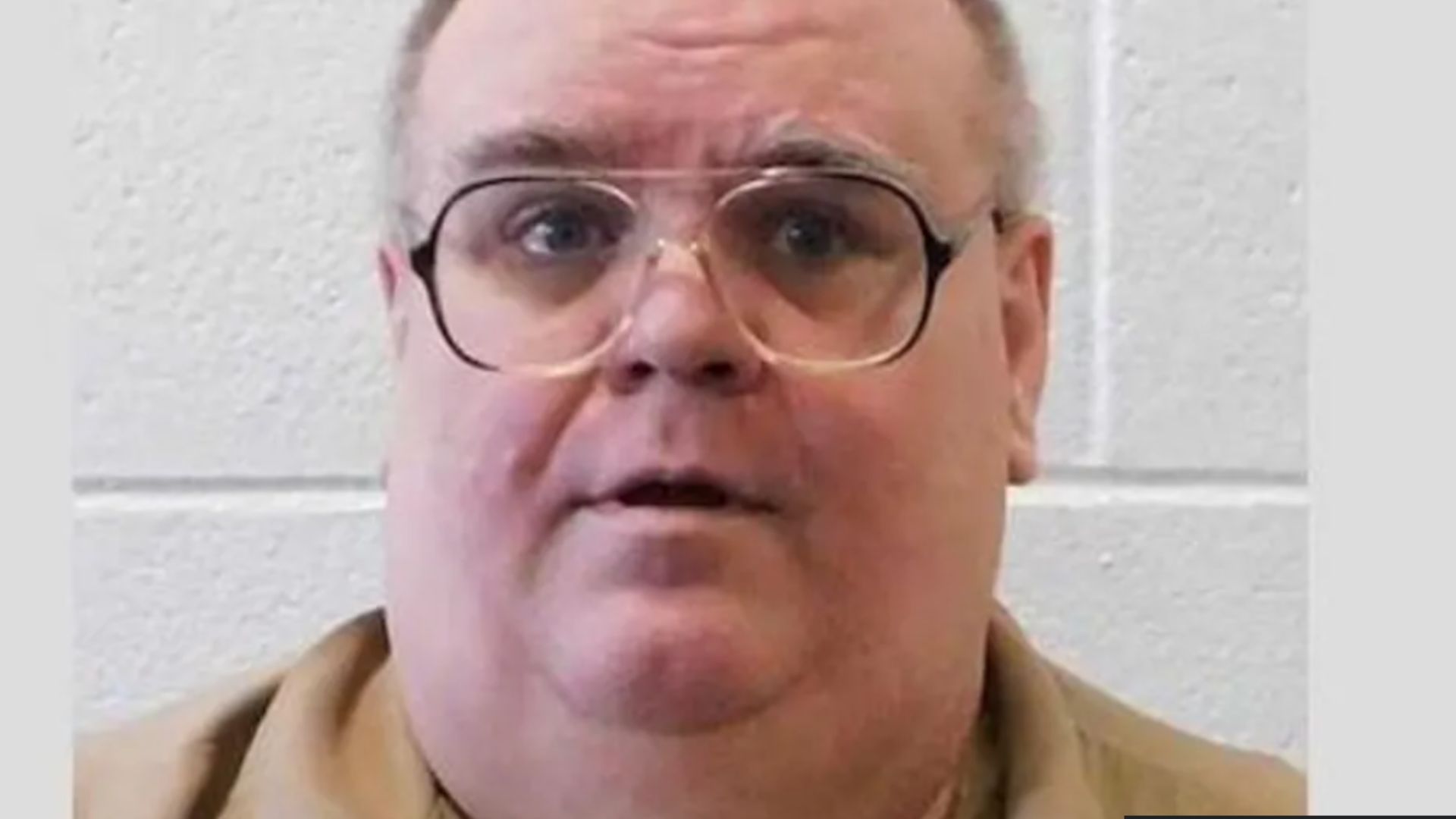Alan Eugene Miller was executed in Alabama, making him the second American to be executed by inhaling nitrogen gas. Miller, 59, was condemned to death in 1999 for the consecutive workplace killings of Lee Holdbrooks, Christopher Scott Yancy, and Terry Lee Jarvis. His execution is the fifth in the United States in a single week, the country’s most frequent use of the death penalty in more than two decades.

Also on Thursday, Emmanuel Littlejohn was given a fatal injection in Oklahoma after the governor declined a last-minute clemency request. Miller’s execution is the 18th of this year, and seven more are slated for the next three months of 2024. According to the non-profit Death Sentence Information Center (DPIC), this is the 1,600th execution in the United States since the Supreme Court reintroduced the death sentence in 1976.
Freddie Owens was executed in South Carolina on Friday, and Marcellus Williams and Travis Mullis were executed in Missouri and Texas on Tuesday, respectively. According to DPIC data, the last time many inmates were sentenced to death within seven days was in July 2003. Experts have told US media that the date is just coincidental, the product of changes in execution scheduling caused by prior botched executions and legal challenges. For years, executions were on the decline throughout the country. According to DPIC, 35 states have abolished or stopped using the death sentence over the last decade. However, the number of executions has increased over the last three years, with Texas, Missouri, Alabama, and Florida leading the way. Last year, 24 persons were put to death, up from 18 in 2022 and 11 in 2021.
Allen Eugene Miller
Miller, 59, was condemned to death in 1999 for the consecutive workplace killings of Holdbrooks, Yancy, and Jarvis. Originally scheduled to die in 2022, he was spared when officials were unable to establish an intravenous line that would administer his deadly injection.
Earlier this year, the Alabama Supreme Court approved Miller’s execution via nitrogen hypoxia, a process in which an inmate inhales nitrogen gas through a fitting mask until their body is starved of oxygen.
Alabama is one of only three states that allow for this type of capital punishment, and it carried out its first execution in January. The state attorney general called Kenneth Eugene Smith’s nitrogen-induced death a “textbook,” but others claimed it was unbearable and barbaric.
“In Alabama, we are committed to providing justice to the victims of heinous murders,” Attorney General Steve Marshall said in a statement. “Tonight, despite efforts to disinformation by political activists, out-of-state lawyers, and prejudiced media, the state showed once again that nitrogen hypoxia is both compassionate and effective.”
Emmanuel Littlejohn
Littlejohn, 52, was sentenced to death for his involvement in a botched 1992 robbery that resulted in the murder of convenience store owner Kenneth Meers. Both Littlejohn and his accomplice, Glenn Bethany, were accused and convicted in the event. However, Littlejohn’s lawyers claimed he did not fire the fatal shot and that jurors were perplexed by their sentencing alternatives.
Littlejohn was 20 years old at the time of his crime, and his defenders contended that a killing caused by a robbery should not be liable to the death penalty. Two jurors from his 1994 sentence and 2000 re-sentencing offered affidavits in support of his recent clemency plea, stating that they did not believe he should be executed. However, prosecutors said two adolescent witnesses said Littlejohn, not Bethany, pulled the trigger and killed Meers.
Last month, the Oklahoma Pardon and Parole Board voted 3–2 to spare Littlejohn’s life and commute his sentence to life in prison without parole. Governor Kevin Stitt declined to grant the reprieve, stating that “a jury found him guilty and sentenced him to death.” As a governor who values law and order, I find it challenging to overrule that decision unilaterally. Littlejohn’s mother, daughter, and spiritual counselor all saw his deadly injection.


